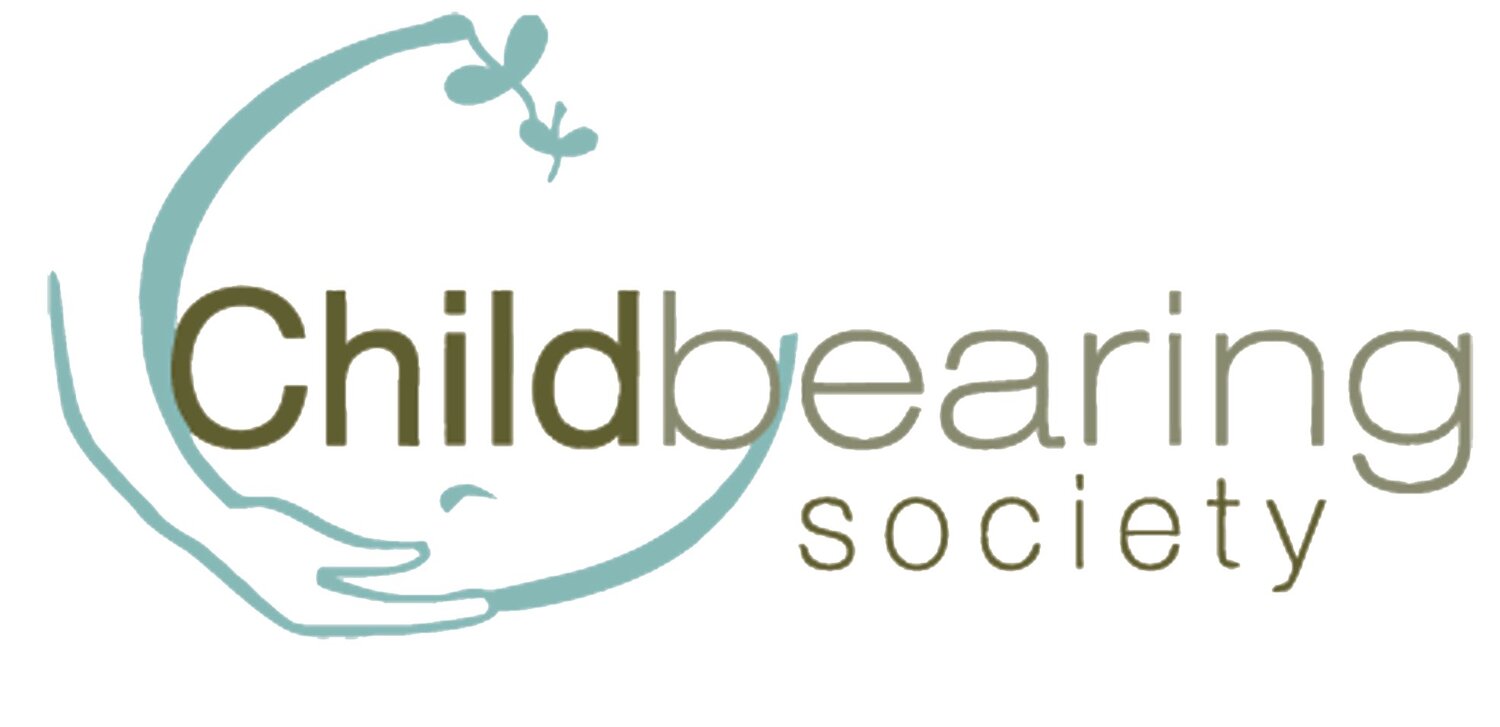“You’re Glowing”: What Causes the Fabled Glow of Pregnancy?
reposted from March 2022
Along with all the well-known annoyances and discomforts of pregnancy, such as nausea, heartburn, swollen ankles, and having to pee every ten minutes, some people are also blessed with a few of pregnancy’s more pleasant side effects. One of these is a radiant, shiny look, mostly known as “The Glow of Pregnancy”.
Not everyone experiences this fabled glow, but for those who do, it is most common in the second trimester, after the initial flux of hormones has settled, and the placenta has taken over as the maternal/foetal mediator. This is also when many people’s nausea abates, dreams get wild and colourful, and energy levels rise. Feelings of excitement or optimism are common.
There are no concrete studies on what specifically causes the pregnancy glow, but there are lots of possible explanations, ranging across several fields and spanning different modes of inquiry. Nevertheless, agreement that the glow of pregnancy is real is unanimous. Even though not all pregnant people experience it, it is a well-established and widespread phenomenon. In all likelihood, it results from the juncture of several different contributing causes.
During pregnancy, there is approximately 50% more blood in the body. This higher blood volume allows more blood to travel to the placenta so that more nutrients and oxygen can be delivered to the baby, but it also causes the maternal heart to work that much harder. This leads to that slightly breathless sensation many pregnant people feel, and also a somewhat flushed appearance. The extra blood volume is likely one of the causes of that rosy glow.
Another factor is probably the increased amount of oils in the skin from the sebum glands.The downside can be a heightened propensity towards acne, but the upside can be a shinier facial appearance. The skin can look smoother, more lubricated, and brighter.
Furthermore, our skin undergoes additional changes during pregnancy. Some people get the ‘linea negra’, or darkening line of skin climbing along the belly from the pubic bone to the navel. Most people get thicker, darker skin on the areolas of the breasts surrounding the nipples. And some people get the ‘mask of pregnancy’, or chloasma, which is a thickening of the skin and a darkening of the pigment in the face. On some people this can create a bronzed appearance, such that the face looks more sun-kissed and colourful.
Our skin also stretches a bit during pregnancy, as all our joints and muscles relax and expand. This can result in our skin being pulled a bit more taut, giving a smoother appearance to our face. This is probably heightened by the extra fluids in our body during pregnancy, which we consume (we’re more thirsty), and hold interstitially to synthesize amniotic fluid for our baby. This can give our face a more hydrated, radiant look.
As many pregnant people experience, we also tend to run a bit hotter while gestating. We feel warm, and we overheat easily. This elevation of our body temperature results in more sweating which cleanses our pores, and also adds to the rosy flush in our face.
Of course, as for all things to do with pregnancy, one of the main explanations for the glow is the interplay of hormones. We are affected by many hormones while reproducing, but the ones most commonly credited for the facial glow are estrogen, progesterone, and HCG (human chorionic gonadotropin). The combination of these hormones coursing through our systems affects our nails, eyes, hair and skin, resulting in an overall appearance that’s more youthful, brighter, and more radiant.
Aside from the physical changes, our emotions are likewise affected by pregnancy. If the pregnancy is something we’re pleased about, the inner-happiness and excitement might shine through our features, contributing to the glowing look. Many people report feeling emotions more deeply when pregnant, more passionately, and more spontaneously. We might shout and cry more, but we also might smile more, and laugh more easily.
It is fairly well known that all of our own emotions cross the placenta so that the baby experiences them, or at least the hormonal signature they produce. But did you know that we also feel echoes of our baby’s emotions? They also travel along the umbilical cord, and we get small pulses of whatever our baby is feeling. If they’re happy, content, or peaceful, we could also be broadcasting traces of these symbiant emotions through our features. If you’re pregnant, consider this next time you get a little wave of happiness for no obvious reason.
Some say pregnancy enhances our auras. Maybe our little passenger’s energy joins our own energy field so that our combined emanation shines twice as bright.
Finally, we are all said to have seven chakras, or points of light, illuminating our bodies and spirits from tail to crown: The Root Chakra, The Sacral Chakra, The Solar Plexus Chakra, The Heart Chakra, The Throat Chakra, The Third Eye Chakra, and The Crown Chakra. When pregnant, we are also hosting a being with their own seven chakras deep in our bodies. This would double the points of light shining from within us, making us glow twice as bright. Maybe this helps explain why pregnant people can look so positively luminous, radiating a glow that blazes so gloriously.
Pregnancy can be difficult as we stretch and expand and rapidly change to grow another whole human being in our body. There are many unpleasant side-effects from this monumental feat. So it is nice to be able to focus on one of the more uplifting symptoms of pregnancy: that luminous energy and rosy glow that, at least to my eyes, every pregnant person radiates.
Stephanie Ondrack has been with The Childbearing Society since 2003. She lives in East Van with her partner, 4 children, 5 cats, 3 chickens and the recent addition of 2 rats. You can read her thoughts on child development and learning at https://thesmallsteph.com/
